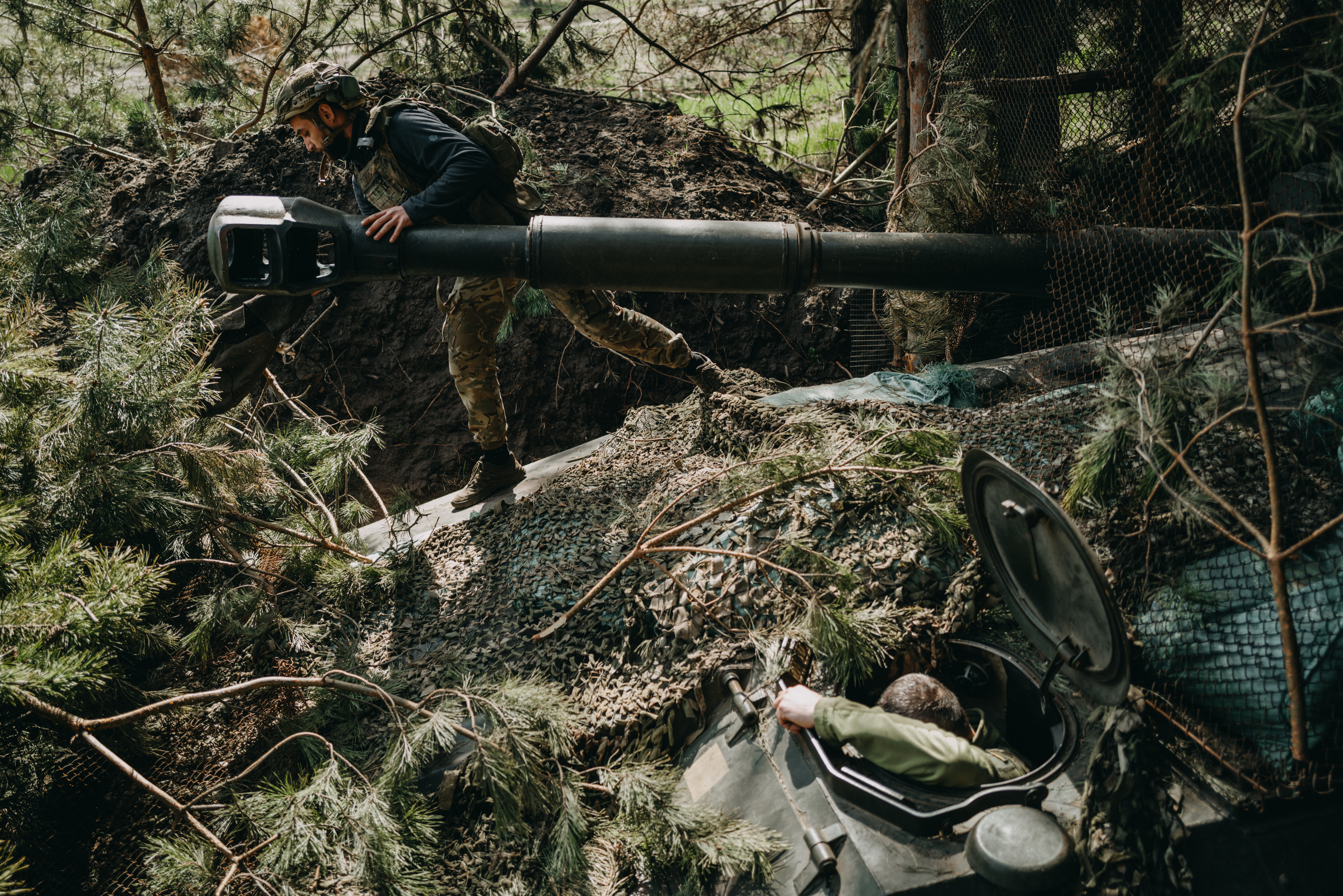Thundering explosions toppled two cranes Sunday that had loomed precariously for days over a partially collapsed hotel in New Orleans, in what city officials hailed as a success and said efforts now would focus on retrieving two bodies still inside the ruined building.
The fiery afternoon explosions sent up massive clouds of dust and sent one crane crashing to the street while the second fell in a way that left much of it resting atop the hotel where officials said it was "stable" and could be removed piecemeal.
"We know that we are safer now than we have been in the past eight days," said Mayor LaToya Cantrell, speaking at a news conference after the explosions roared through the city's downtown.
It was a little more than a week ago — Oct. 12 — that the Hard Rock Hotel that was under construction near the historic French Quarter partially collapsed. Three workers died that day when several floors of the multistory building pancaked. Only one body has been removed so far.
The cranes — one around 270 feet (82 meters) high, the other about 300 feet (91 meters) — weighed thousands of tons and were badly damaged in the collapse. They had been tilting dangerously, and officials had feared the towers would come down on their own, possibly smashing into nearby buildings or severely damaging underground gas and electric lines.
But once the dust had cleared Sunday, it appeared that none of those worst-case scenarios came to pass. The mayor said three windows at the historic Saenger Theater across the street were damaged but they hadn't received reports of other buildings damaged.
A sewer line was damaged as well, but the mayor said padding that was designed to protect the gas and electric lines — a major concern — worked as expected.
U.S. & World
"I do not think it could have gone much better," said Fire Chief Tim McConnell, flanking the mayor.
He added that one crane fell and got "hooked on the building like we wanted. It's very stable." He said "it's way better than what it looks" because of the way it is resting, adding it would now be cut away in pieces by workers using another crane and taken away.
Officials had repeatedly asked people not to come see the explosions but there were still throngs of people on the streets. Some had brought their own earplugs and masks to protect against the dust. Others had to be removed from nearby rooftops where they had gathered to gawk as police did their final checks.
Loud alarms sounded, and a voice on the police radio said repeatedly "Prepare for detonation!" before explosions set off a thunderous boom. Flashes from the blasts could be seen as the explosives went off.
One crane that officials had been referring to as Charlie landed on Rampart Street — standing straight up — the blackened end visible where the explosives had been placed.
"We did shake the building pretty good," McConnell said.
Cantrell told reporters that authorities will now begin focusing on bringing out the bodies of the two remaining workers. Already, workers were beginning to remove rubble from the streets shortly after the blasts, and engineers were going through the building to assess the situation as a drone flew overhead for an aerial view.
The mayor said a monitor had been placed near one of the bodies before the crane demolition so they would know where to locate it, and the demolition didn't seem to affect the areas where the bodies were.
Authorities cautioned that the building remains dangerous and unstable though it did not collapse further with Sunday's demolition. After the bodies are removed, Cantrell said, the building would be demolished.
"Let me be very clear. The expectation and the next mission after we remove our people from the site will be full demolition," she said.
Since the building collapsed, the towering cranes had been the focus of officials' concern. Experts, including engineers who worked on demolitions following the 9/11 terrorist attacks, were called in to try to devise a plan before the cranes fell on their own.
On Thursday, officials announced plans to drop the cranes in a controlled demolition. Workers suspended in a small bucket attached small explosives to various locations on the two cranes, with the goal of causing a series of explosions that would weaken the cranes at key locations and cause them to collapse.
Once planned for Friday, the demolition was pushed back to Saturday, then Sunday.
Officials expanded an evacuation zone in the leadup to the detonation, and in an even wider area, vehicles were prohibited and people were told to stay indoors until the demolition was complete.
The cause of the collapse remains unknown. The Occupational Health and Safety Administration and police are investigating and, officials said evidence gathering began soon after the collapse.



